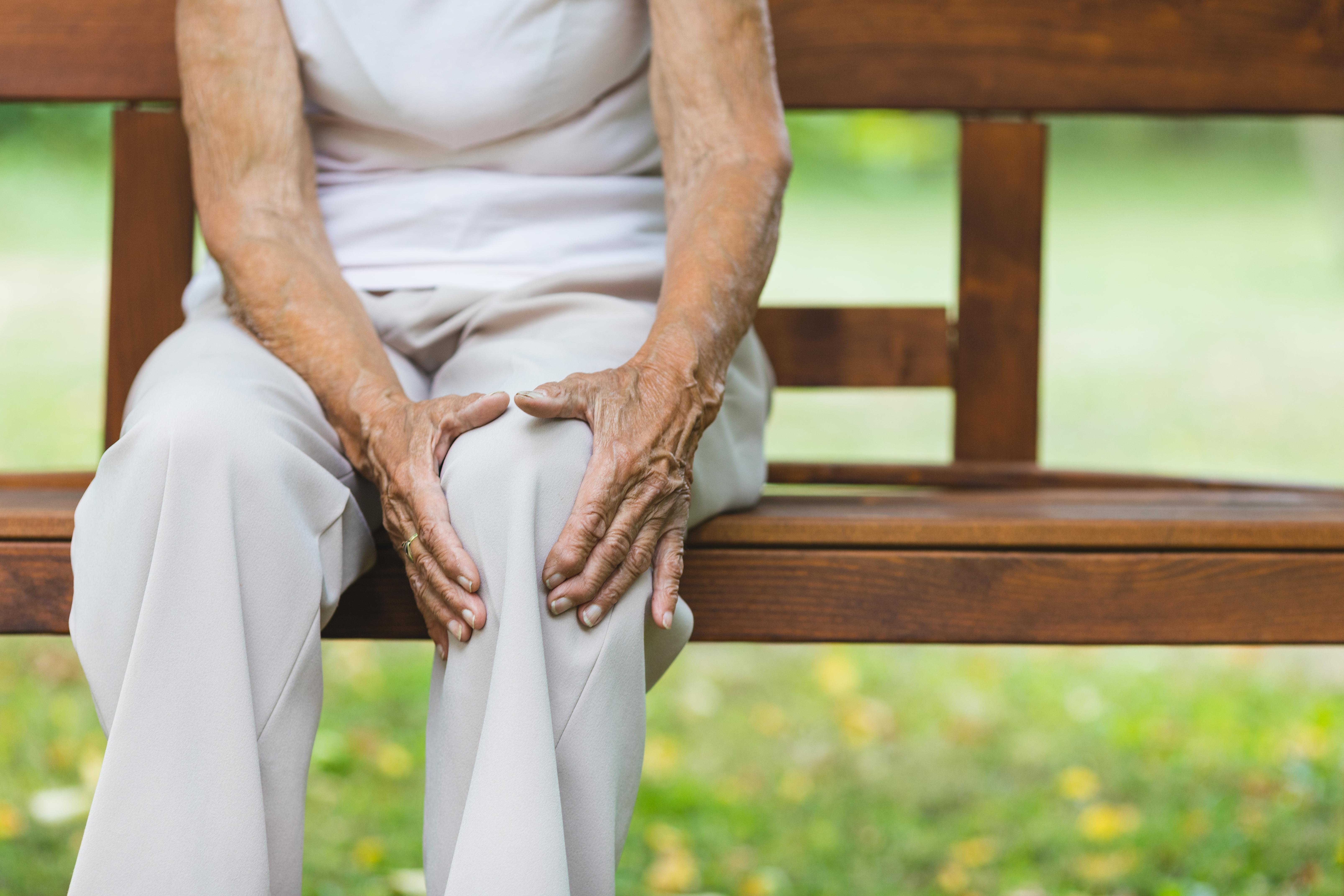18 Surprising Reasons Your Knees Are Bothering You
3. Torn Meniscus

The meniscus is a thin piece of cartilage that provides cushioning between the shin and thigh bones. Each knee has two menisci, and these may tear due to the forceful rotation of the knee. Kneeling, squatting, or making sudden stops or turns can cause a torn meniscus. Patients with this injury may observe swelling and stiffness in the knee. It can be difficult for them to straighten their joint fully. The knee may feel locked into place. Doctors perform a physical examination to evaluate this injury. This exam includes watching the patient walk and squat. Magnetic resonance imaging will be needed, and in some cases, an arthroscopy could be recommended. If a torn meniscus is confirmed, doctors usually start treatment with rest, ice, physical therapy, and pain relievers. Patients who continue to have severe pain or a locked knee after these conservative treatments will be considered for surgery. Children and young adults may be able to have a torn meniscus surgically repaired. If this is not an option for the patient, the surgeon will trim the meniscus instead.
4. Tendinitis

Tendinitis of the knee is normally caused by a knee injury or inflammation in the area. The patellar tendon, a band of tissue that connects the patella and tibia, is an especially common site for tendinitis. Patients with this condition may have pain at the base of the kneecap, which can progress to a burning sensation. Pain may increase while kneeling or squatting, and mild swelling can develop as well. When tendinitis first begins, patients will typically notice intermittent pain after exercise. As the condition advances, pain becomes more constant, and it could disrupt sleep and sports performance. Daily activities, such as using stairs or riding in a car, could become very painful. Tendinitis is generally treated with physical therapy, rest, ice, anti-inflammatory medication, and activity modification. Some patients may recover in a few weeks, although others can experience symptoms for several months.
